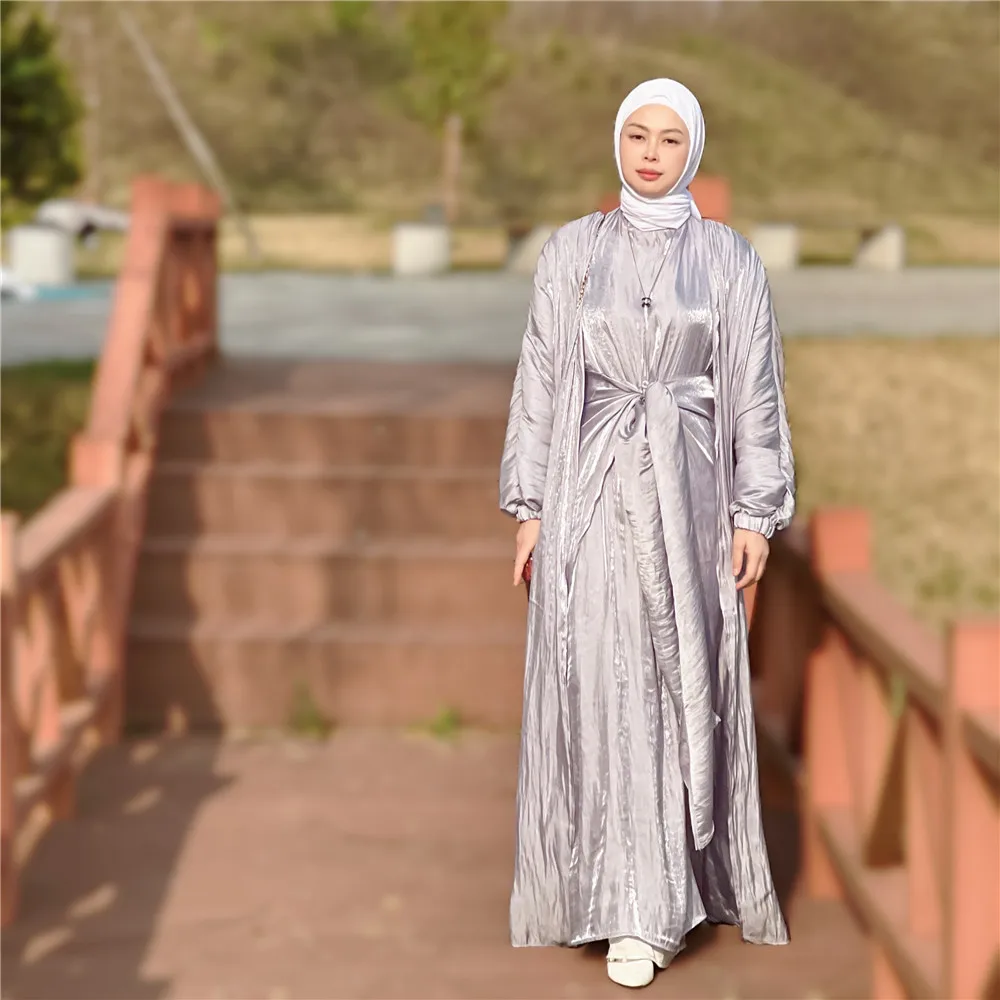Abaya dresses hold a unique place in the world of fashion. Their blend of tradition and modernity appeals to many women. Originally rooted in Middle Eastern culture, these garments have transcended geographical boundaries. Women across the globe now wear abayas, celebrating their beauty and grace. This article explores the origins, styles, and significance of abaya dress. In addition, it discusses how they can be styled for various occasions and how to care for them.
Origins of the Abaya
Historical Background of Abaya
The abaya has a rich history that dates back hundreds of years. Traditionally, these garments were worn to promote modesty. Women often wore them in public to adhere to cultural norms. The black color became a standard due to its simplicity and elegance. However, the fabric was pivotal in ensuring comfort in hot climates. Over time, the abaya evolved in design and material. This transformation reflected changing societal norms and fashion trends.
In modern times, designers began experimenting with different fabrics, colors, and patterns. As a result, women can now choose from a vast array of styles. From luxurious silk to breathable cotton, the options are numerous. The evolution of the abaya also allows for individual expression. Women can express their personality while adhering to cultural expectations. Therefore, the abaya is not just a garment; it is a canvas for creativity.
Cultural Significance of the Abaya
Beyond its aesthetic appeal, the abaya carries deep cultural significance. It symbolizes identity and heritage for many women. Wearing an abaya can be an expression of pride in one’s culture. Furthermore, it can foster a sense of community, binding women together. Among the community members, shared traditions create strong bonds.
Additionally, the abaya serves as a statement of modesty and respect. Many women find empowerment in choosing to wear this attire. In many cultures, modesty is viewed as a virtue. Hence, the abaya offers a means to celebrate cultural values. Moreover, it provides women a way to navigate public spaces confidently.
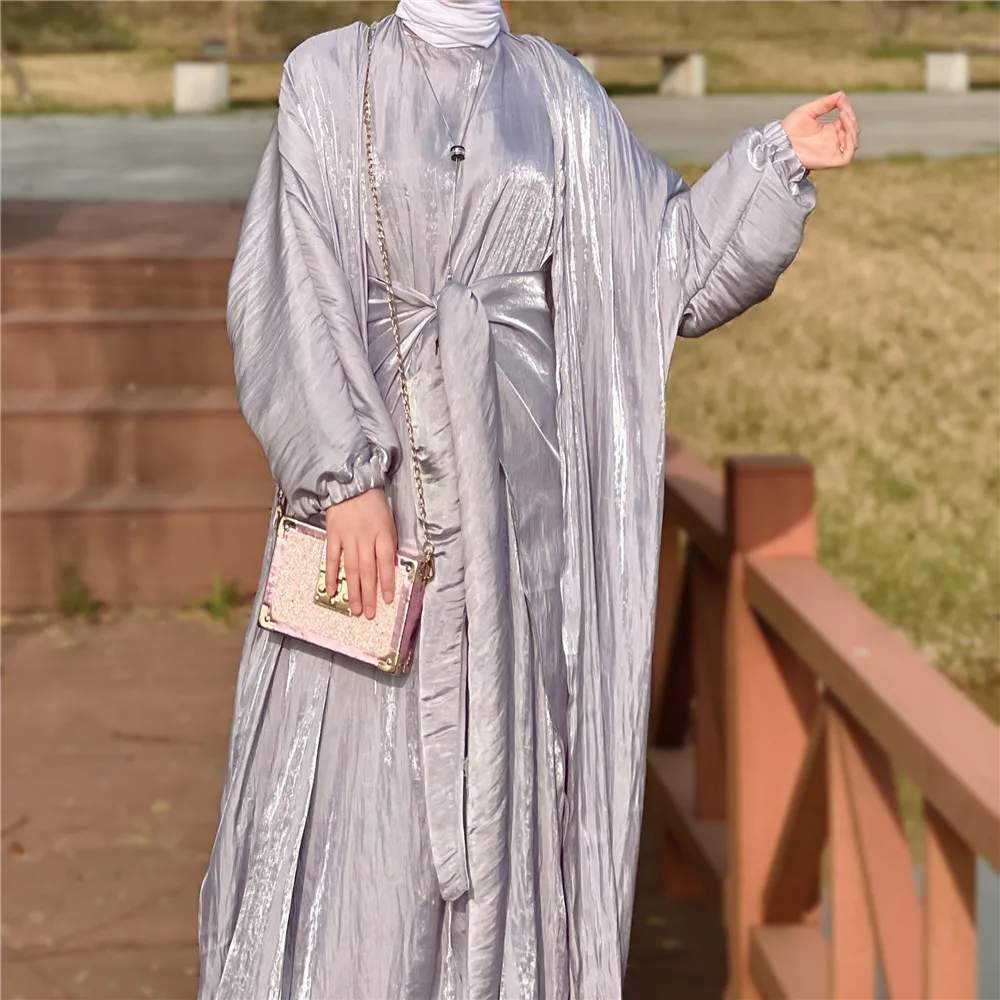
The Abaya Across Cultures
Regional Variations
The abaya exhibits distinct regional variations, reflecting the diverse cultural landscapes of the Muslim world. In some regions, the abaya is worn with a niqab, a face veil that covers the lower part of the face. Other regions favor open-face styles, often accompanied by a hijab, a headscarf. These variations highlight the nuanced interpretations of modesty within different cultural contexts. Moreover, they demonstrate the abaya’s capacity to adapt and integrate with local traditions. Indeed, the abaya serves as a visual marker of cultural identity, reflecting the specific customs and practices of a particular region. Furthermore, these regional differences underscore the dynamic and evolving nature of Islamic dress.
Global Influence
The abaya’s influence has extended beyond the Muslim world, impacting global fashion trends. Designers are drawing inspiration from the abaya’s flowing silhouette and incorporating elements into mainstream fashion. Furthermore, the abaya’s presence on international runways has challenged preconceived notions about modesty and fashion. This cross-cultural exchange highlights the growing recognition and appreciation of diverse forms of dress. Moreover, it contributes to a more inclusive and nuanced understanding of fashion’s role in expressing identity and culture. Consequently, the abaya is no longer viewed solely as a religious garment, but also as a source of inspiration and creativity within the global fashion landscape.
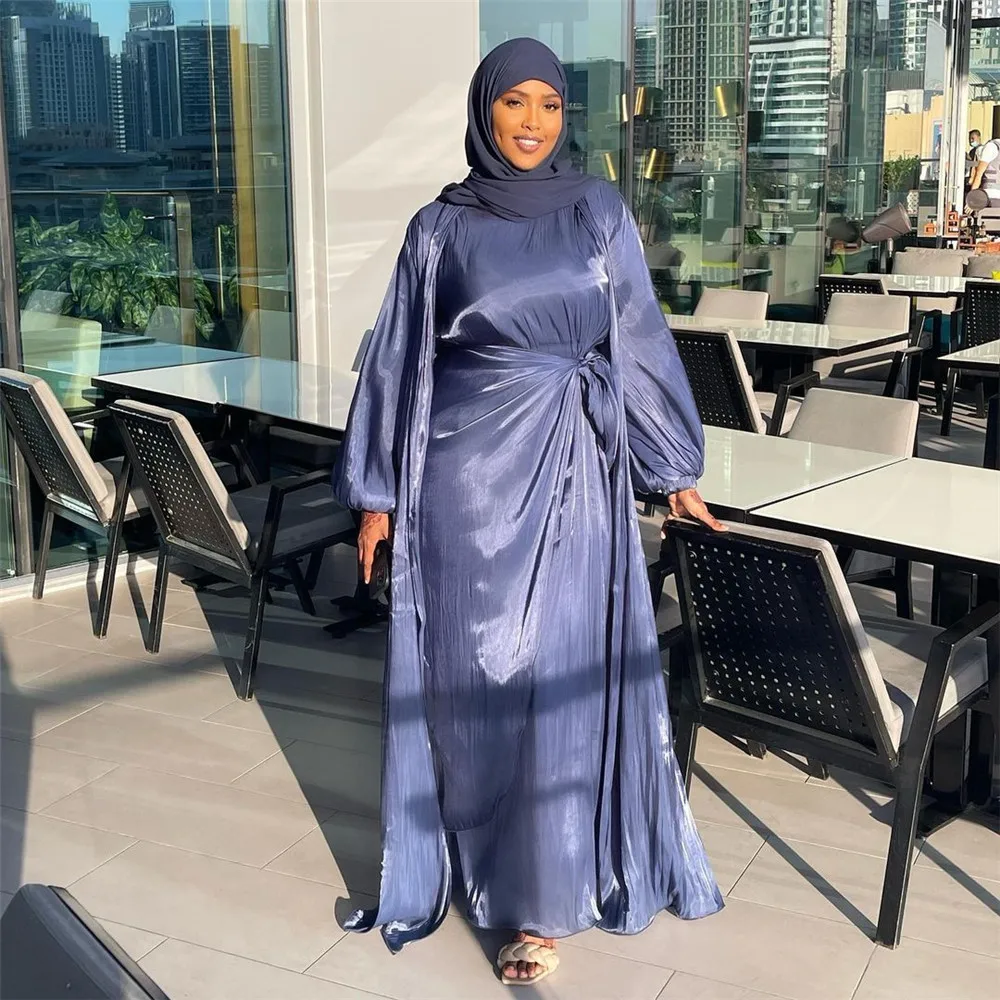
Styles of Abaya Dresses
Traditional vs. Modern Abaya Designs
When it comes to designs, abayas can be categorized into traditional and modern styles. Traditional abayas often feature simple lines and solid colors. While elegant, they can sometimes lack individuality. However, they are timeless and perfect for formal occasions. Many women still prefer these classic designs during religious events.
On the other hand, modern abayas incorporate various styles and artistic elements. Designers add embroidery, sequins, and creative cuts. These details allow for greater expression and uniqueness. Women can choose abayas that reflect their tastes and lifestyles. As a result, these garments can be worn for casual outings and special events alike.
The fusion of traditional and modern styles opens new avenues for the abaya. Women can mix and match styles to create their own signature looks. Furthermore, the variety in designs ensures there is something for everyone. Whether one prefers minimalism or elaborate embellishments, options abound.
Embellished and Fashion-Forward Abayas
Embellished abayas are gaining popularity in recent years. Designers are pushing boundaries by incorporating stunning features. Ranging from intricate embroidery to decorative crystals, these pieces stand out. They are ideal for special occasions and festive celebrations.
Fashion-forward abayas often embrace innovative cuts and trendy fabrics. Draping techniques can transform a simple design into a fashion statement. This progress reflects women’s evolving roles in society. Thus, they seek outfits that resonate with their modern lifestyle.
Furthermore, these contemporary designs allow women to feel chic and confident. The fusion of traditional elements with current trends creates a vibrant look. Many opt for statement pieces that capture attention. In this manner, the abaya evolves while retaining its cultural roots.
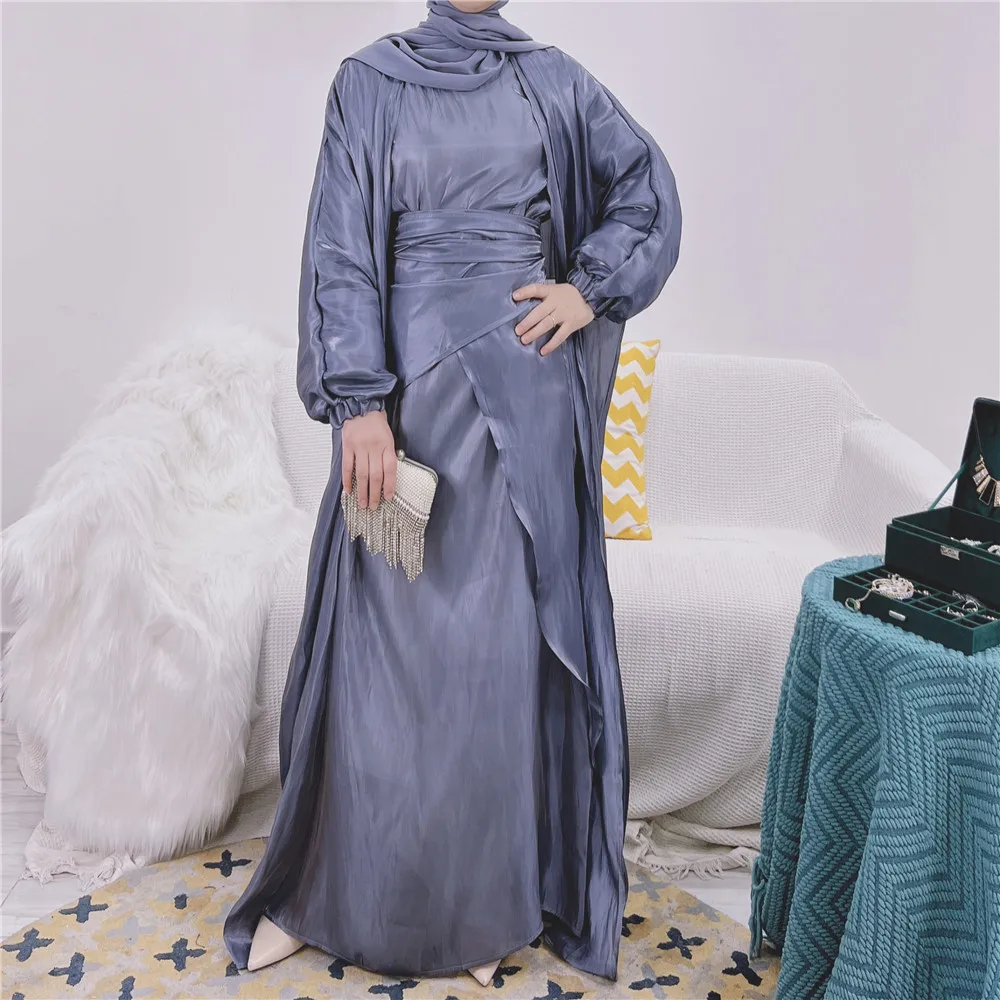
Styling Your Abaya Dress
Accessorizing Your Abaya
Accessorizing an abaya can truly elevate one’s look. Accessories allow for personal expression while maintaining modesty. Scarves serve as an excellent addition for a complete look. In addition, they come in various colors and patterns.
Jewelry offers another way to enhance an abaya outfit. Elegant earrings or a subtle necklace can elevate a simple design. However, it is essential not to overdo the accessories. Balancing accessories with the abaya ensures a harmonious look.
Footwear also plays a crucial role in styling an abaya. Choosing the right shoes can transform the entire outfit. For instance, elegant heels can give a formal touch. Conversely, stylish flats can create a casual vibe.
Choosing the Right Abaya for the Occasion
Selecting the right abaya for an occasion requires careful consideration. Factors such as the event’s formality and cultural significance come into play. For formal gatherings, opt for richly embellished abayas.
In contrast, casual outings can call for simpler designs. Light fabrics and modest cuts are perfect for everyday wear. Additionally, consider the color palette based on the occasion. Dark hues may be fitting for serious events, while vibrant colors are suitable for festivities.
Understanding the occasion’s cultural context is also essential. In some traditions, specific colors may hold particular meanings. Thus, ensuring adherence to cultural customs adds another layer of depth to the outfit.
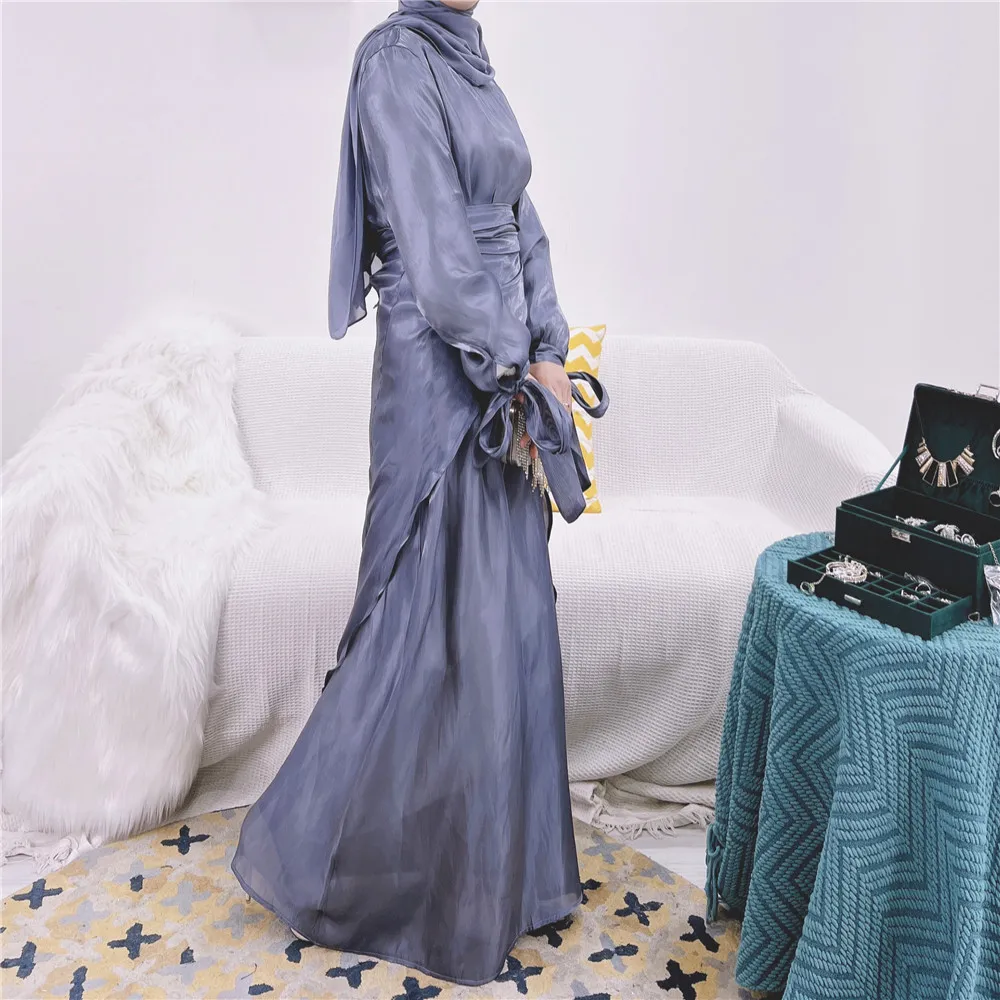
Caring for Your Abaya Dress
Washing and Maintenance
Caring for an abaya is crucial to maintaining its beauty. Washing should be approached with care. Always read the care label for specific instructions. Many abayas are made from delicate fabrics, which need gentle handling.
Avoid using harsh detergents, as these can fade colors or damage fabric. Instead, opt for mild detergents suitable for delicate clothing. Washing your abaya with similar colors prevents staining.
Ironing can also be tricky depending on the fabric type. Always use a low heat setting and place a cloth over the fabric. This approach protects the delicate fibers while removing wrinkles. Thus, regular maintenance ensures your abaya remains in top condition.
Storing Your Abaya Properly
Proper storage of your abaya is essential for longevity. Ensure the garment is clean and completely dry before storing. Hanging is often preferable for maintaining shape and avoiding wrinkles.
If hanging isn’t an option, folding is acceptable as well. However, ensure that the folds are gentle to avoid creases. Use breathable storage bags to protect the fabric.
Additionally, avoid direct sunlight and damp areas. Sunlight can cause colors to fade, while moisture can lead to mold. A cool, dry place will help preserve the integrity of the fabric. Proper storage can significantly extend the life of your abaya.
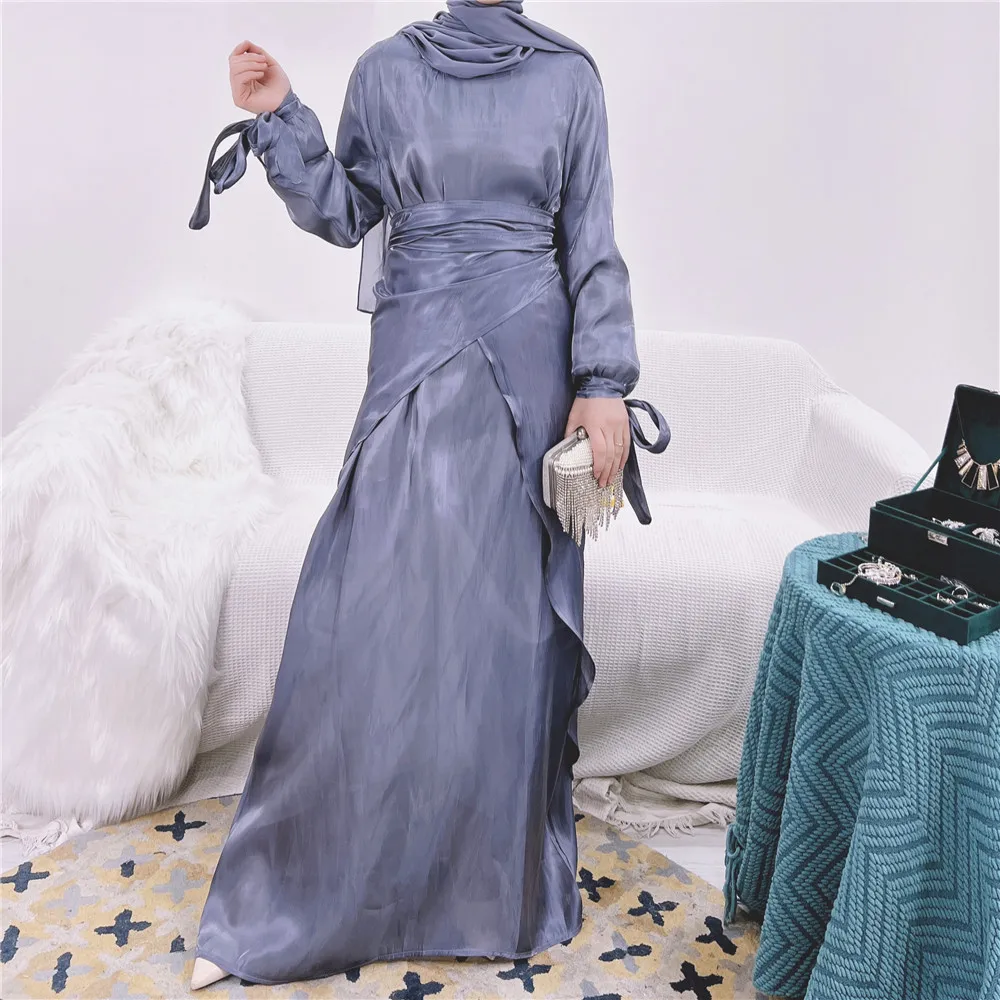
Conclusion
Abaya dresses are more than just garments; they embody culture, identity, and fashion. Whether traditional or modern, these pieces resonate with women worldwide. Styling an abaya is an art form that reflects personal expression. Through careful accessorizing and understanding the occasion, women can create stunning looks.
Moreover, taking proper care of an abaya ensures its longevity. With the right washing and storage techniques, these garments can last for years. Therefore, the abaya remains a cherished part of many wardrobes. Embracing this attire is a celebration of both elegance and modesty.
In the ever-evolving world of fashion, the abaya continues to capture attention. It stands as a testament to the fusion of tradition and modernity. Ultimately, each abaya tells a story of its wearer, celebrating heritage and individuality. As women choose abayas to express themselves, they contribute to a global dialogue about fashion and culture.
